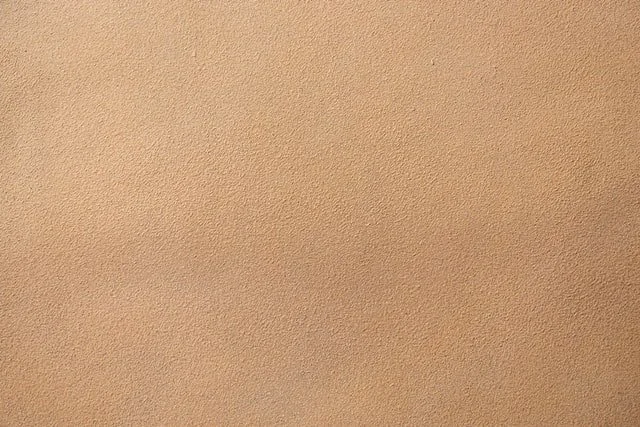Should I Prime My Walls Before Painting?
Intro
One easy way to save money is a do-it-yourself painting project.
Question is, do you need to prime a wall before starting a painting project?
Absolutely not.
Primer is not always going to be necessary, and you can save money by skipping out on primer.
Despite of this, in many instances primer will end up help you save more money, because using primer will decrease the number of pricey topcoats you will need to maintain your walls for the long-term.
Here are the situations where you do and do not need wall primer.
Drywall and Skim Coating
Undertaking drywall installation and/or skim coating provides a good amount of highly absorbent space to paint, this can require you to use many coats of high-quality paint to provide sufficient coverage.
Go ahead and use one or two coats of quality primer, then the pores will be sealed so your new topcoat will nicely cover in about one or two coats.
Repaired or Patched Drywall
An instance when you have repaired a wall before painting, more than likely you’ll have patches of spackle, or joint compound on the surface.
Consider if these repairs are small, then you wouldn’t need to buy separate primer, you can simply use a small amount of your regular paint then brush over lightly on those areas needed to “spot-prime” the wall.
Afterwards when the spots dry, paint the wall normally and the result would be the spots will will not show through.
Wall Color Change
What painting contractors usually say is that a dark color will cover a light color effectively within 2 coats.
Also that light paints will very rarely cover colors which are darker even with many coats.
To save time and money, professional painters will recommend using a good primer with strong “hide” qualities.
Glossy or Oil-Based
If we want paint to perform, new paint must have a surface it can stick to.
When the layer is currently oil-based, or has a sheen, adequate surface adhesion can happen in two ways.
First way is you can use TSP or sandpaper to scuff the surface, or apply a bonding primer which then will stick directly onto the underlayer and provide the perfect backing for the new paint.
In a situation you need to prime anyway because of color change what you can do is use this method but skip the sanding portion.
If you aren’t in need of priming it can still be cheaper and faster just to do the scrubbing.
Odor Coverage or Stain
There are stains like crayon scribbles or greasy spots that will show right through new paint.
Cigarette smoke and other odors that are strong can be detected after repainting.
The only way to block out these issues is using a serious primer like Zinsser or Kilz.
Do not use primer to hide mildew or mold in your walls, this will only grow.
What you can do is deal with the mold which usually happens because of water entry then remove it.
Afterwards you’re free to prime and paint.
Professional painters can use tinted primer before painting, this is an inexpensive way to bring your walls close to their final intended color before adding a pricier topcoat.
If you’re painting a bold or dark color ask about this at your paint store.
Since 2010 Zazueta’s Best Painting has been serving the Colorado community. We are completely insured and provide guarantees behind our work. Contact us today for a free project estimate.




